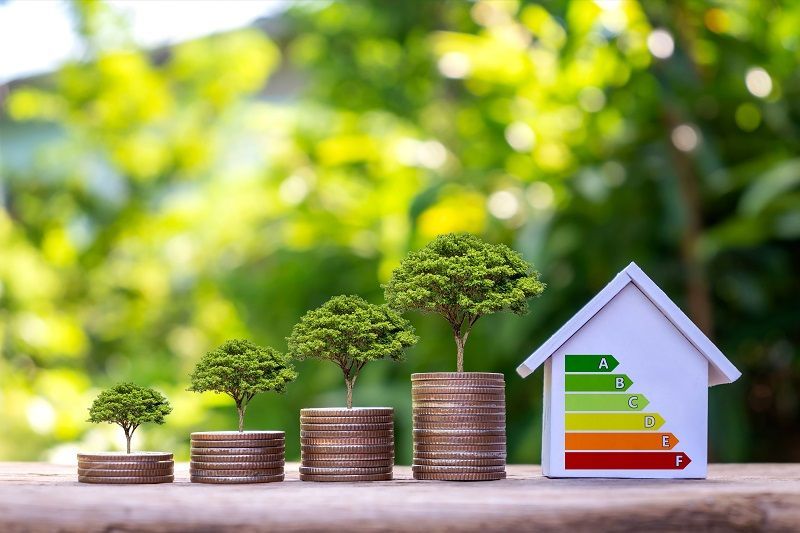It’s been said that hydroponic gardening is the future. It allows us to save space while also increasing our crop yield, something which is appealing to a large group of people, from those with small gardens to countryside farmers. So, if you’re wondering how to build your very own hydroponic garden, read on for some top tips:
Different Types of Hydroponic Water Systems
Some of the benefits of a hydroponic include larger harvests, faster growth and fewer problems with pests. There are different types of hydroponic water systems, but all boast these benefits.
The first is a wick system, this is a very basic version of a hydroponic water system. A wick connects the planting container and the water reservoir, which funnels in a steady, nutrient-rich flow of water to the plants at the roots. This is an easy DIY system that’s mostly only suited to smaller plants because of the scale, like microgreens and herbs.
The second is a flood and drain hydroponic system. This requires a submersible pump and shallow containers. The plants will sit in the shallow trays suspended over a water reservoir filled with hydroponic nutrients. The plant then soaks in nutrients through the drain holes in the bottoms of the containers.
Lastly, in a water culture hydroponic system, the plants’ roots will be continuously in the nutrient rich water. Plants will be left to float on a mini “raft” in the reservoir so that the roots extend down into the water. A small bubbler then aerates the water to prevent it becoming stagnant.
What Plants to Choose
Your hydroponic garden won’t be outside so you can choose a different variety of plants than the ones perching on your garden coffee table. Popular hydroponic plants include herbs, lettuce, kale, chard, watercress and spinach. The large majority of plants grown in a hydroponic garden are edible.
Caring for Your Hydroponic Garden
Caring for your hydroponic garden is easy. To start, your garden should be kept well away from any contemporary furniture or beloved decorations. It’s best to have a separate space in your kitchen or even another room altogether for your special vegetable patch. Once you’ve set up the system, it will need basic maintenance. This includes:
- Changing the filtered reservoir water
- Ensuring the ideal temperature is maintained (about 65 to 75 degrees F)
- Keep the pH level between 5.7 and 6.3
- Keep the water moving, pumping around the reservoir to prevent bacterial growth
- Empty, clean and refill the hydroponic nutrient reservoir every two weeks.
These simple practices should help keep your hydroponic garden in great condition for a great season!


:max_bytes(150000):strip_icc()/__opt__aboutcom__coeus__resources__content_migration__mnn__images__2018__03__shutterstock_1051823762-0b00dcf9cd99473cabaff5546d745b0a.jpg)


